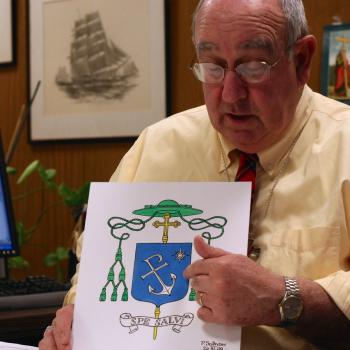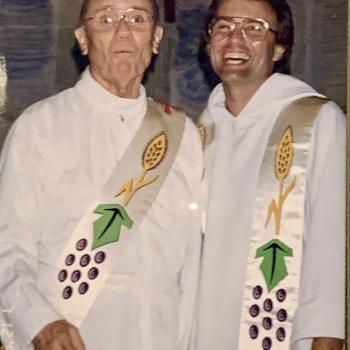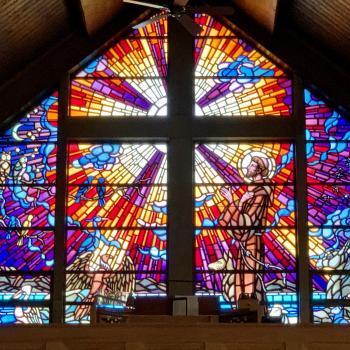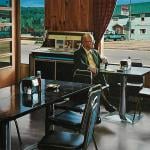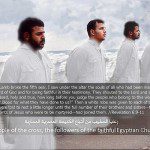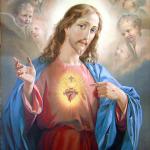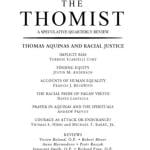And he became one. From Staten Island, the story of one deacon’s journey to ordination:
When Paul J. Kosinski‘s third-grade teacher, Sister Perpetua, discussed the Catholic church’s seven sacraments, he predicted, “I’ll receive them all” — unlikely, since mutually exclusive marriage and the priesthood are among them.
But 47 years later, Paul has achieved his goal, as a long-time husband and recently ordained deacon of the church.
A mortgage development officer at Sovereign Bank/Santander, Kosinski and his wife, Eilean have been active in St. Mary’s Parish, Rosebank, since 1980. Paul was president of both the parish council and PTA.
Beginning in 1992, their pastor, the Rev. Victor Bubendorf (“Father Vic”) would annually ask Kosinski if he’d ever consider becoming a deacon. Not feeling qualified or worthy, Kosinski would respectfully decline.
But after deacons from St. Charles parish helped Father Vic celebrate mass, when the pastor was recovering from broken hips, Kosinski acknowledged to his wife “it would be nice” to assist the pastor as the deacons were.
Then, in what he considers Holy Spirit-inspired, his wife announced to Father Vic, “Paul wants to be a deacon.”
With the pastor’s recommendation, Kosinski applied to the program, undergoing a 400-page questionnaire psychological evaluation, and completing a 62-page application, covering such matters as his parish leadership roles and affirming he was not ineligible via any canon law violation such as espousing abortion.
The Kosinskis were interviewed to determine if she was completely supportive of his goal, lest the ministry or marriage fail, due to the time demands. Her support was “essential,” Kosinski said.
He was accepted first as an “inquirer,” and reported for 10 weekly conferences at St. Joseph’s Seminary in Dunwoodie, Yonkers, a 75-mile round trip he made with two fellow Islanders.
Then, he was admitted to the four-year Formation program, involving intensive study and service. Over 30 weeks, two nights a week, deaconate candidates take 24 classes a year, plus engage in constant reading assignments, research papers, exams, weekend conferences, and an annual retreat.
“And you’re always under scrutiny assessments to identify personality traits that may conflict with your eventual mission,” said Kosinski.
After he criticized an instructor in front of others, he was told he was “rigid and reactive,” and could be expelled if he didn’t demonstrate a willingness to change.
At home, when he mentioned the characterization, his daughter Amy laughed, “Those guys are really smart; it took me 10 years to understand that. They know it already.”
Kosinski recalls, “Never aware I had those traits, I realized there was a real need to change.”
He credits the Holy Spirit for Amy being present and making her comment. “That moment was crucial — and wonderful,” he said.
At Formation, he crafted what he called “the perfect” apology, saying he realized he was at fault for voicing disagreement in front of others.
After six months, the scrutiny he received from this incident shifted from this incident to three classmates, who’d complained that one teacher was “killing” them with too much work.
Kosinski considers the scrutiny a good thing, as preparation for the scrutiny from many quarters he’d endure once ordained.



